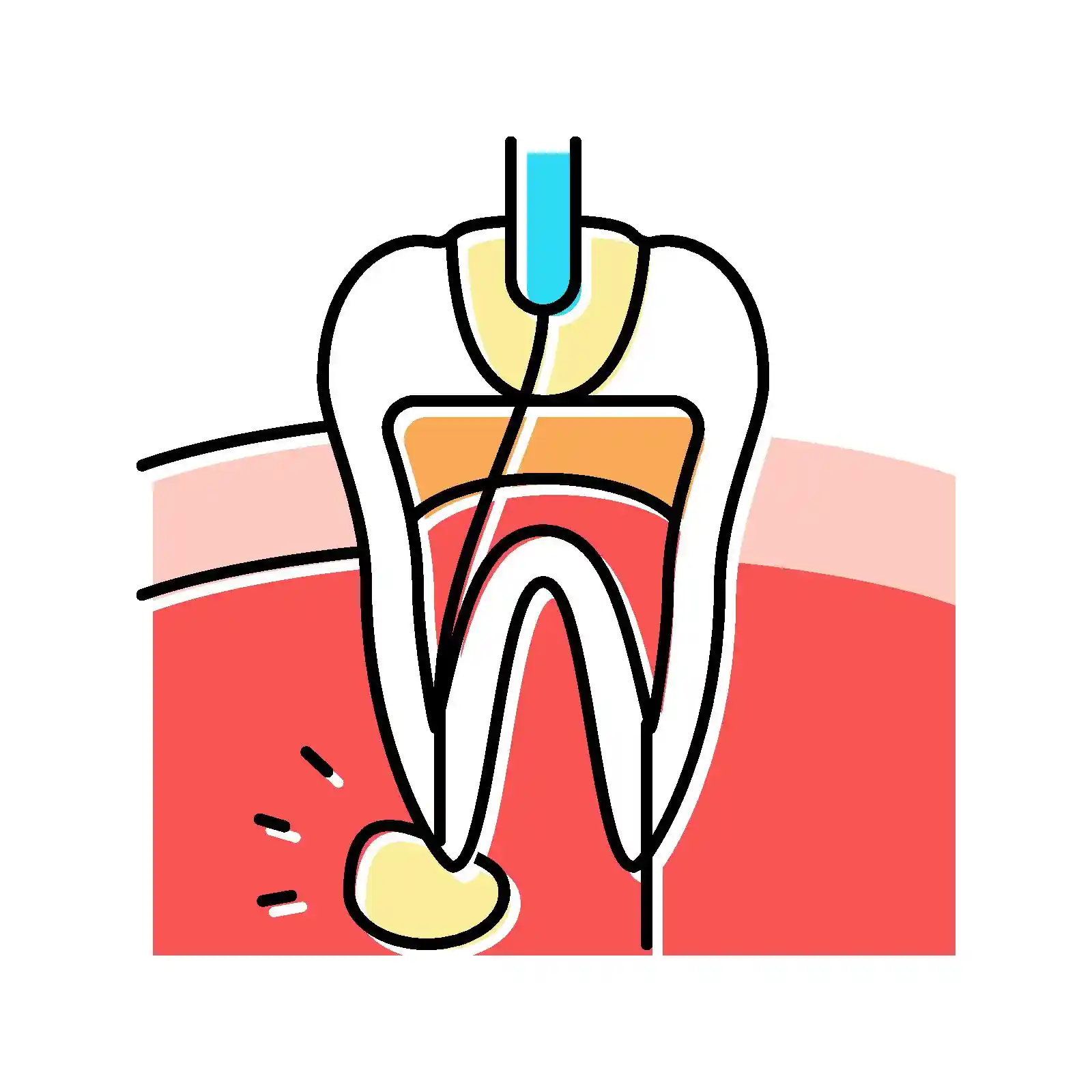Root canal treatment is a vital dental procedure designed to save and preserve teeth that have been severely damaged due to decay, infection, or trauma. Despite its reputation for being painful and intimidating, advancements in dental technology have made this procedure relatively pain-free and routine. This article aims to demystify root canal treatment by exploring its purpose, procedure, recovery, and the common misconceptions surrounding it.
The Anatomy of a Tooth
To understand root canal treatment, one must first grasp the basic anatomy of a tooth. Each tooth consists of several layers:
- Enamel: The hard outer layer that protects the tooth.
- Dentin: The layer beneath the enamel that is less hard but supports the structure.
- Pulp chamber and Root canals: The innermost part where the nerves and blood vessels start and are going down the root canals to the main nerves and blood vessels, which can become infected or inflamed.
When decay or injury reaches the pulp, it can lead to severe pain and infection, necessitating a root canal procedure.
Causes of Root Canal Issues
Several factors can lead to the need for a root canal treatment:
- Deep Decay: When cavities penetrate through enamel and dentin to reach the pulp.
- Dental Trauma: Injuries that expose or damage the pulp.
- Repeated Dental Procedures: Frequent drilling can stress the pulp.
- Cracks and Chips: These can allow bacteria to enter and infect the pulp.
- Gum Disease: Advanced gum disease can expose roots and lead to pulp issues.
The Root Canal Procedure
The root canal procedure typically involves several key steps:
- Diagnosis and X-ray: A thorough examination and X-rays help determine the extent of damage.
- Local Anesthesia: Administered to numb the area and ensure a pain-free experience.
- Access Opening: The dentist creates an opening in the crown of the tooth to access the pulp chamber.
- Removing the Pulp: Special tools are used to carefully remove infected or inflamed pulp tissue from the canals.
- Cleaning and Shaping: The canals are cleaned and shaped to prepare for filling.
- Filling and Sealing: After cleaning, the canals are filled with a biocompatible material and sealed to prevent reinfection.
Recovery Process
Post-treatment recovery is generally straightforward. Patients may experience mild discomfort, which can be managed with over-the-counter pain relief. It is crucial to follow any aftercare instructions provided by the dentist, which may include:
- Avoiding hard foods for a few days.
- Maintaining good oral hygiene practices.
- Attending follow-up appointments as needed.
Most patients can return to normal activities shortly after the procedure.
Debunking Myths About Root Canals
Several myths surround root canal treatments that contribute to patient anxiety:
- Myth 1: Root Canals Are Painful: Modern techniques and anesthesia make this procedure much less painful than many believe.
- Myth 2: Extraction Is Better Than a Root Canal: Saving a natural tooth is always preferable as it maintains jawbone integrity and function.
- Myth 3: Root Canals Require Multiple Visits: Many cases can be completed in one visit, depending on complexity.
Understanding these myths helps alleviate fears associated with root canal treatments.
Conclusion
Root canal treatment is an essential dental procedure that effectively alleviates pain and saves teeth from extraction. By understanding what this treatment entails, recognizing symptoms that necessitate it, and debunking common myths, patients can approach their dental care with confidence. Timely intervention not only relieves discomfort but also prevents further complications, underscoring the importance of addressing dental issues as they arise. With proper care, a tooth that has undergone root canal treatment can function healthily for many years




